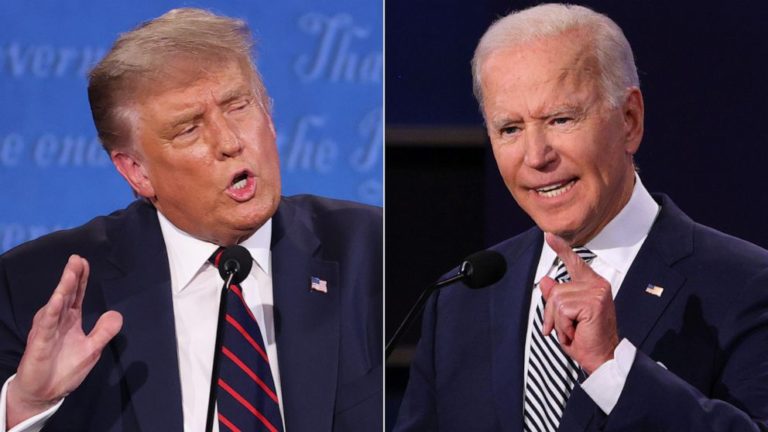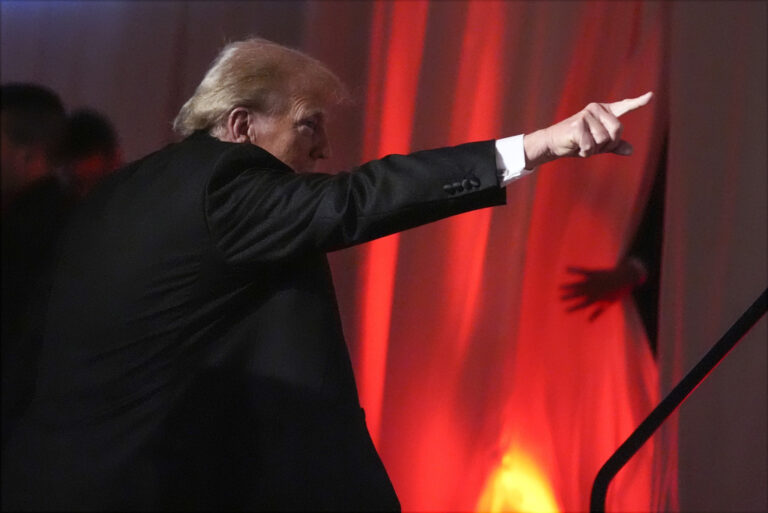
The practice of gerrymandering — defined as “to divide or arrange (a territorial unit) into election districts to give one political party an electoral majority in a large number of districts while concentrating the voting strength of the opposition in as few districts as possible“—was on the ballot in several states a few weeks ago during the midterm elections. Many believe gerrymandering is a form of voter suppression and an undermining force in the democratic process. Former Republican Governor of California, Arnold Schwarzenegger, the leading spokesman for the fight against gerrymandering, stated that gerrymandering is “a system where the politicians are picking the voters, rather than the voters picking the politicians.” Governor Schwarzenegger hoped the United States Supreme Court would rule the practice unconstitutional in June as a case contesting the constitutionality of gerrymandering was sent back to a lower court from SCOTUS. Four states this election cycle put the topic of reducing partisan influence on the process of redistricting, the most common remedy for assuaging gerrymandering, on the ballot: Colorado, Utah, Michigan, and Missouri.
Anti-gerrymandering ballot initiatives were passed in three of the four states with the initiative in Utah failing by about 900 votes. Many hailed this ballot success of non-partisan redistricting as a bright spot for the democratic process, however, the content of these three passed measures wildly varies. In Colorado, under adopted Amendments Y and Z, a commission will be created with 12 members: four members for each of the top two parties in the state and four independent members. These 12 members will be tasked with redistricting following the 2020 Census with an emphasis on creating “competitive” districts, which is very loosely defined as “having a reasonable potential for the party affiliation of the district’s representative to change at least once between federal decennial censuses.”
In Michigan, the process was very similar to Colorado’s, except for two points. The commission is comprised of 13 members (four Republicans, four Democrats, and five nonpartisans) and there is no emphasis on competitiveness. This distinction because the emphasis on competitiveness will result in markedly different district shapes in the two states after redistricting occurs following the 2020 census. Both states contain one major population center and outside of that population center, both are rural. In both states, the metro area of the major urban center contains 50 percent of the state’s population and with it, most of the Democratic voters in each respective state (Michigan and Colorado). For Michigan, redistricting will mean very shapely districts—as is the case in other independently redistricted states like California—while in Colorado, district will be forced to span great distances to lump together the urban blue voters and rural red voters to make districts conceivably competitive, quite possibly making districts very difficult to represent and causing issues for identifying representatives for constituents. Competitiveness, however, is loosely defined and will likely not result in too harshly shaped of districts.
The final state that passed a redistricting measure is Missouri. This legislation was very inappropriately named “Clean Missouri” as it ranks among the dirtiest and craftiest political maneuvers in recent history. There are two things that make “Clean Missouri” so sinister, the process by which its supposedly independent commission is selected and the strict commitment to competitive districts. In Missouri, the situation for the Democratic party is dire. The party is the superminiority in both the State House and State Senate, it holds only two of the state’s eight congressional districts, neither of the U.S. Senate seats and only one statewide elected official: the State Auditor (who was appointed to replace a Republican under an old Governor—a Democrat). Under Clean Missouri, redistricting will be carried out by a single person selected by a process that allows the State Auditor—the one Democrat in power—nearly dictatorial power over the appointment.
This independent, single member, committee will be tasked with redistricting is also tasked with making every State House, State Senate, and Congressional district a “competitive” district. In the text of “Clean Missouri”, competitive is defined by “simulat[ing] elections in which the hypothetical statewide vote shifts by one percent, two percent, three percent, four percent, and five percent in favor of each party.” With the population per State Representative at about 40,000 in the state, the densely populated areas in the two urban areas of the state—Kansas City and St. Louis—which are also the democratic power bases in the state, will possess State House districts that stretch from densely populated sectors way out into sparsely populated, Republican strongholds in order to fulfill this requirement of competitive districts. Districts will sprawl in thin strips precinct by precinct, minority communities will lose representation as districts are homogenized, and genuine connection between representatives and their constituents will be lost as district boundaries are increasingly difficult to locate.
In the end, this move by Missouri Democrats was a brilliant political maneuver to give themselves at least a fighting chance in the Missouri House and Senate, where they severely lack representation. However, the law is likely to be struck down by Missouri courts as it violated many procedural requirements specified for ballot initiatives in the Missouri Constitution. Ballot initiatives can accomplish feats to serve the benefit of the people that are institutionally dissuaded by the nature of representational government. Citizens, however, are not legislators and should not have to be and can go against their own interests while believing their choice is rational.
-Ethan Harper



